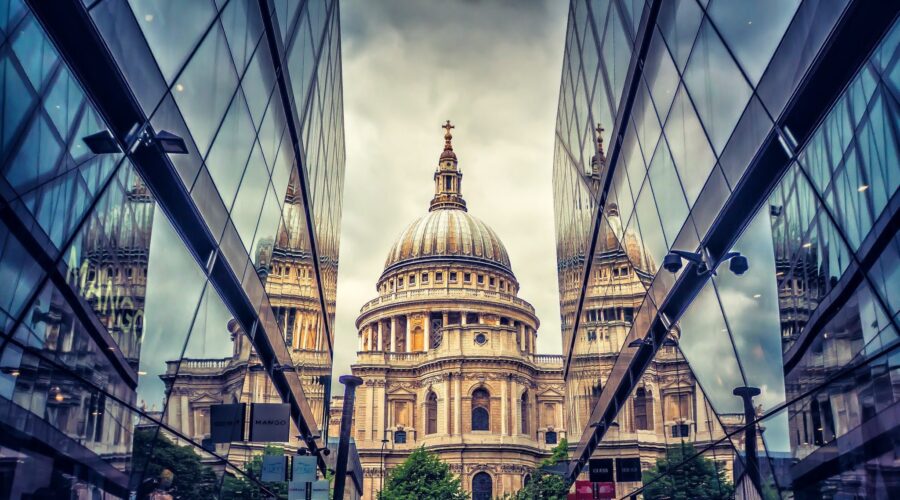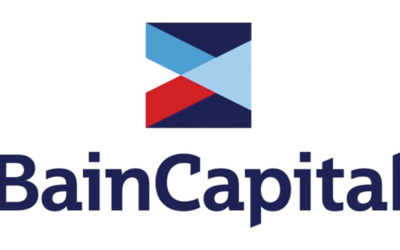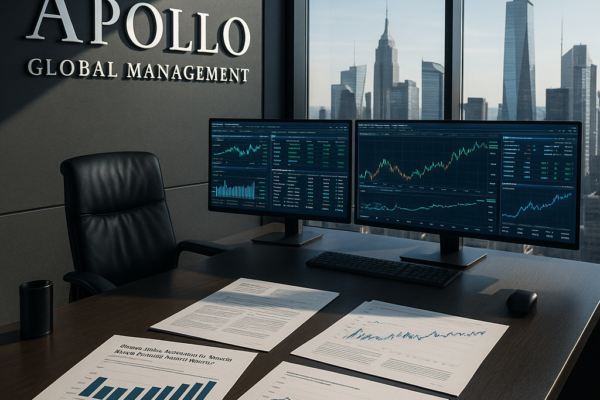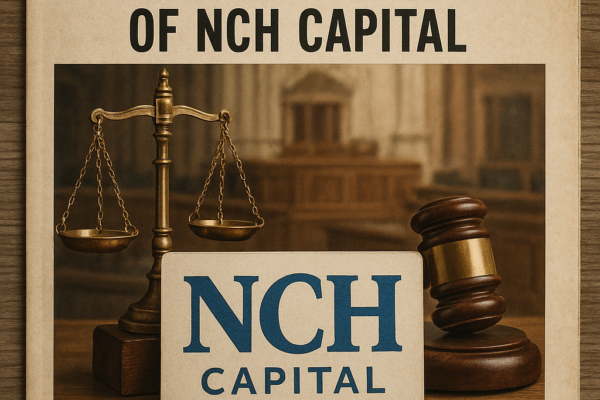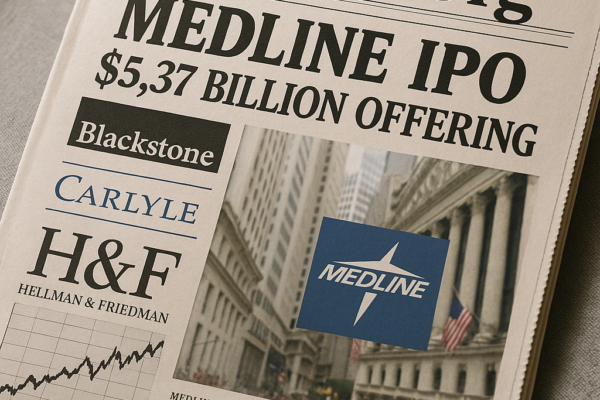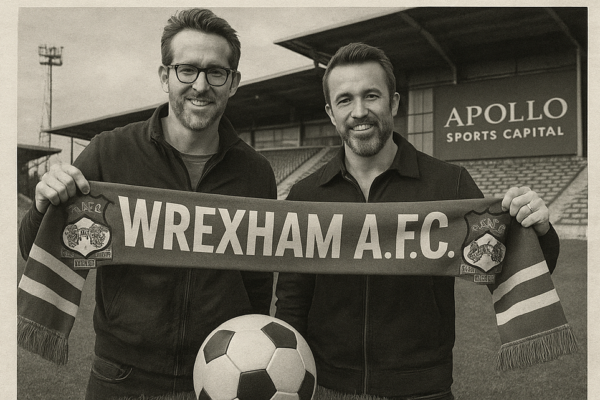Investors in buyout funds haven’t had to worry about cash calls for a while. When asked for fresh capital by Blackstone and others, they could find the money in a steady stream of profits from older vintages. That won’t work in a prolonged market slump.
Private-equity backers, like pension funds, pledge cash when a fund launches but only hand over the money when dealmakers need it to buy a company. Meeting those so-called capital calls is usually easy, since buyout barons tend to distribute more profit from past funds than they require for fresh bets. U.S. and European managers paid out $2.7 trillion from 2011 to 2021, according to Preqin, and called up $2 trillion. Distributions exceeded cash calls almost every year, meaning investors could simply recycle their winnings into new funds.
But those numbers may fall out of balance if the world tips into recession. Buyout barons are understandably reluctant to sell companies at the trough of the cycle, meaning distributions may slow. They’re also eager to buy at the bottom, mindful of the fact that crisis-era funds often outperform. The deal spree hasn’t started yet, because getting debt funding has been hard to find. But that may be changing.
Thoma Bravo, for example, is sniffing around 3.5bn-pound UK cybersecurity group Darktrace. The upshot is that private equity firms like Carlyle and KKR may soon ask for much more cash than they are handing out. During the last big slump between 2008 and 2010, capital calls on average exceeded distributions by $43bn a year, equivalent to 5% of total buyout assets under management (AuM), Preqin data shows.
Get the week’s top news delivered directly to your inbox – Sign up for our newsletter
Today, at 5% of AuM, the net annual cash call would be $115bn. Investors are bracing for pain, having sold a record $33bn worth of fund stakes in the first half of 2022, according to the Financial Times, partly to raise cash for capital calls.
This is a painful option, since secondary sales typically occur below face value. The California Public Employees’ Retirement System recently sold $6bn of assets, according to Bloomberg, with the discounts ranging from the high single-digit percentages to 20%.
Other options, like setting aside idle cash or buying hedges that pay out in a downturn, also drag down performance. Funds’ advertised internal rates of return, which often exceed 20%, fail to reflect the impact of these periodic cash crunches.
Investors seemed to forget that lesson over the past decade, when buyout AuM more than doubled to $2.4 trillion according to Preqin. A looming capital-call mess, much bigger than in 2008, should sear it in their memories.
Source: Nasdaq
Can’t stop reading? Read more
Invesco makes metaverse fund a virtual reality
India’s Alteria Capital Advisors is in talks with investors to raise up to $438m for its third…
Bain Capital and Advent plan to exit Quest Global at $3bn valuation
Private equity firms Bain Capital and Advent International are looking to exit Quest Global…
Banks slice and dice $80bn in M&A debt that no one wants
Global banks stuck with $80bn in unappealing M&A financing debt are trying new tactics to find…
The post Buyout investors are heading for a cash crunch appeared first on Private Equity Insights.

